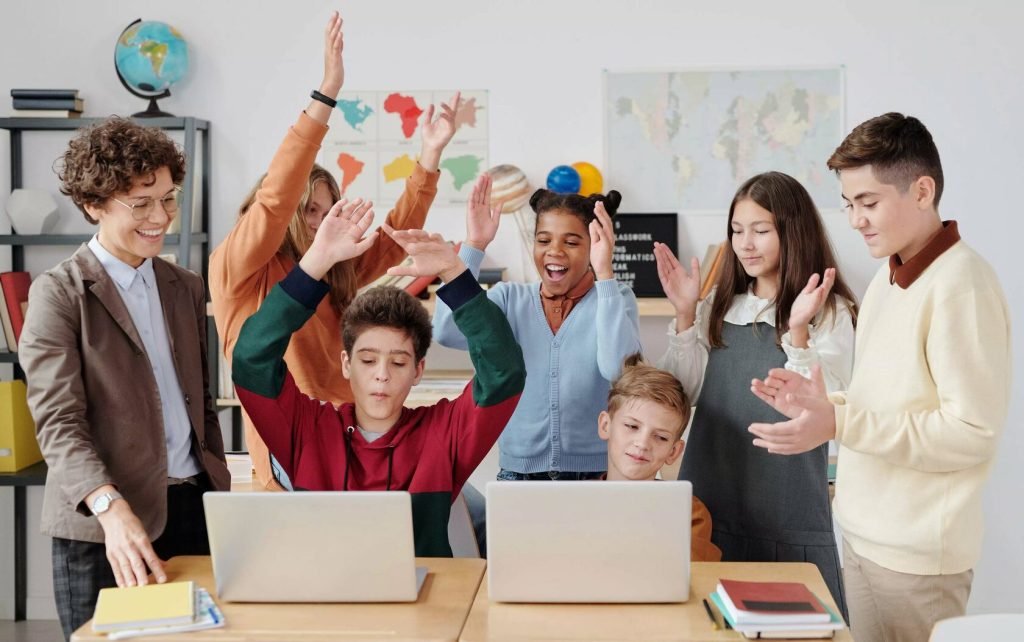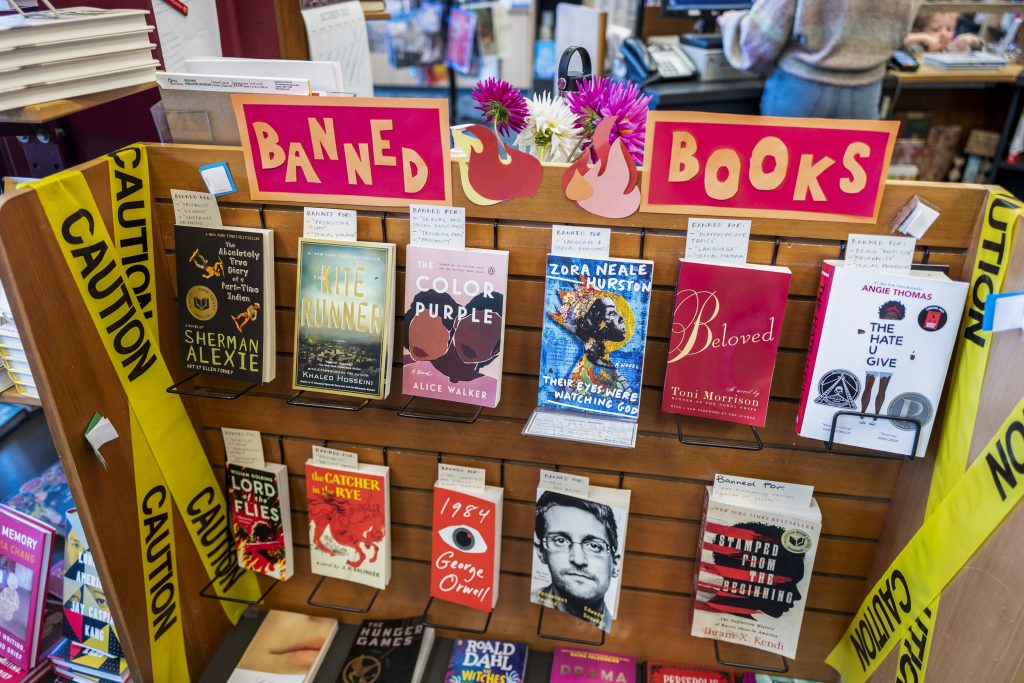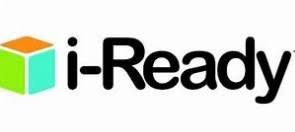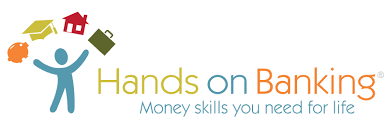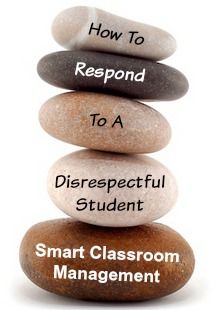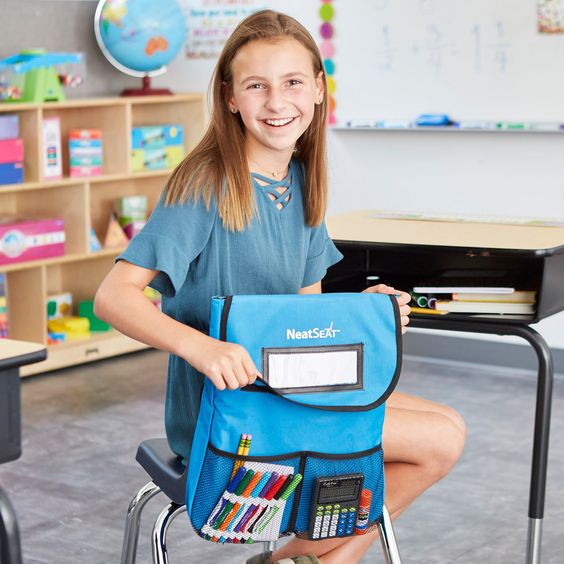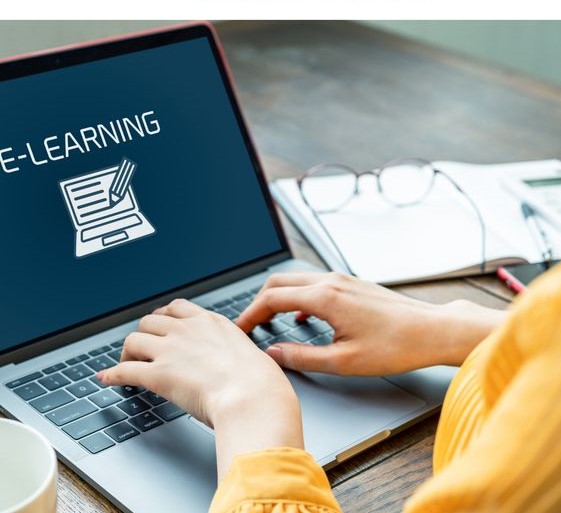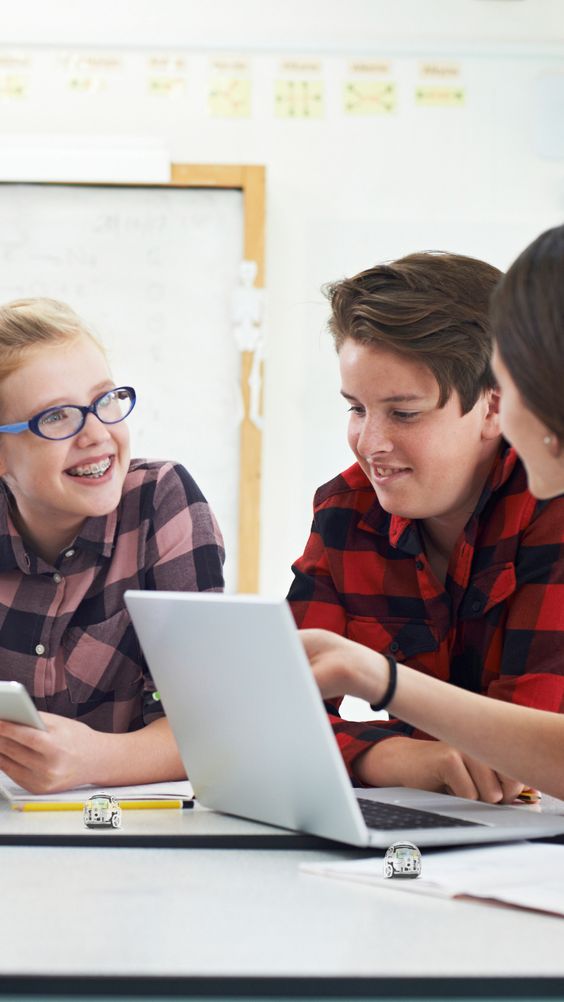Introduction:
A new contest is brewing in the world of education, and it’s aimed at video project enthusiasts! With the increasing importance of creative digital skills in the classroom, this contest is designed to help educators enhance their students’ learning experience. “Win a Video Project Kit for Every Student in Your Class” invites teachers to enter for a chance to provide their class with the latest tools and resources for producing astounding video projects.
About the Contest:
The “Win a Video Project Kit for Every Student in Your Class” contest aims to empower classrooms all around the nation by introducing advanced video project tools that let students unleash their creativity and teamwork. This competition is open to teachers of all grade levels, making it an excellent opportunity to bridge the gap between traditional classroom practices and innovative learning methods.
Contest Prizes:
The lucky winners of this contest will receive a video project kit for every student in their chosen class. The kits include everything required for creating top-notch videos: high-quality cameras, tripods, microphones, editing software licenses, and green screens. Additionally, winning teachers will get access to educational resources and tutorials on videography, ensuring they have the necessary skills to guide their students.
How to Enter:
Entering this contest has been made simple and stress-free:
1. Visit the contest website and fill out the submission form.
2. Provide your full name, email address, school details, and your preferred age group.
3. Share your innovative idea for utilizing video projects in your class curriculum and how you believe it will benefit your students.
Evaluation Criteria:
The entries will be judged on originality, feasibility, integration into the curriculum, impact on student engagement and skill development. Judges will include experienced educators and renowned experts from the fields of creative media and technology.
Contest Deadline:
Don’t miss out on this stellar opportunity! The deadline for submission is quickly approaching. Make sure to submit your entry before the specified closing date on the contest website. Winners will be announced and notified via email within a certain period after the deadline.
Conclusion:
The “Win a Video Project Kit for Every Student in Your Class” contest is an incredible chance for educators to enrich their students’ learning experience with digital creativity. Embrace this opportunity and join in the competition, and you could set your classroom on the path to becoming multimedia powerhouses. Good luck!
